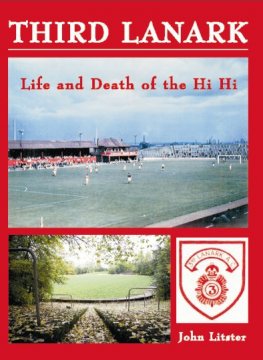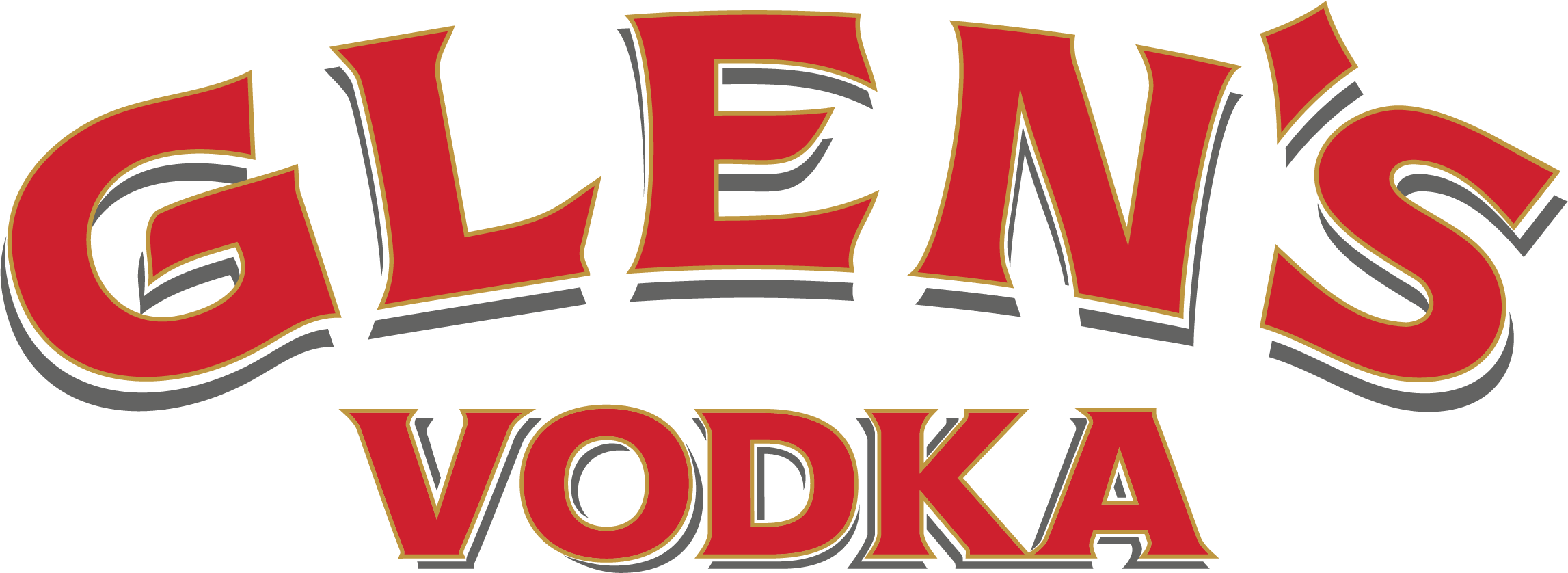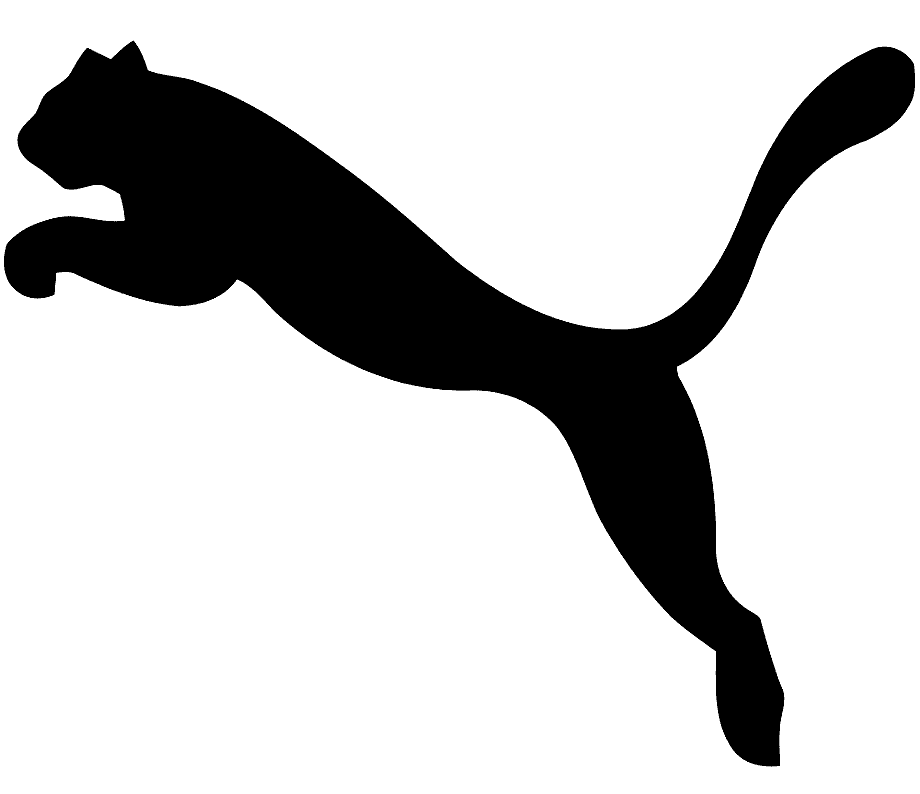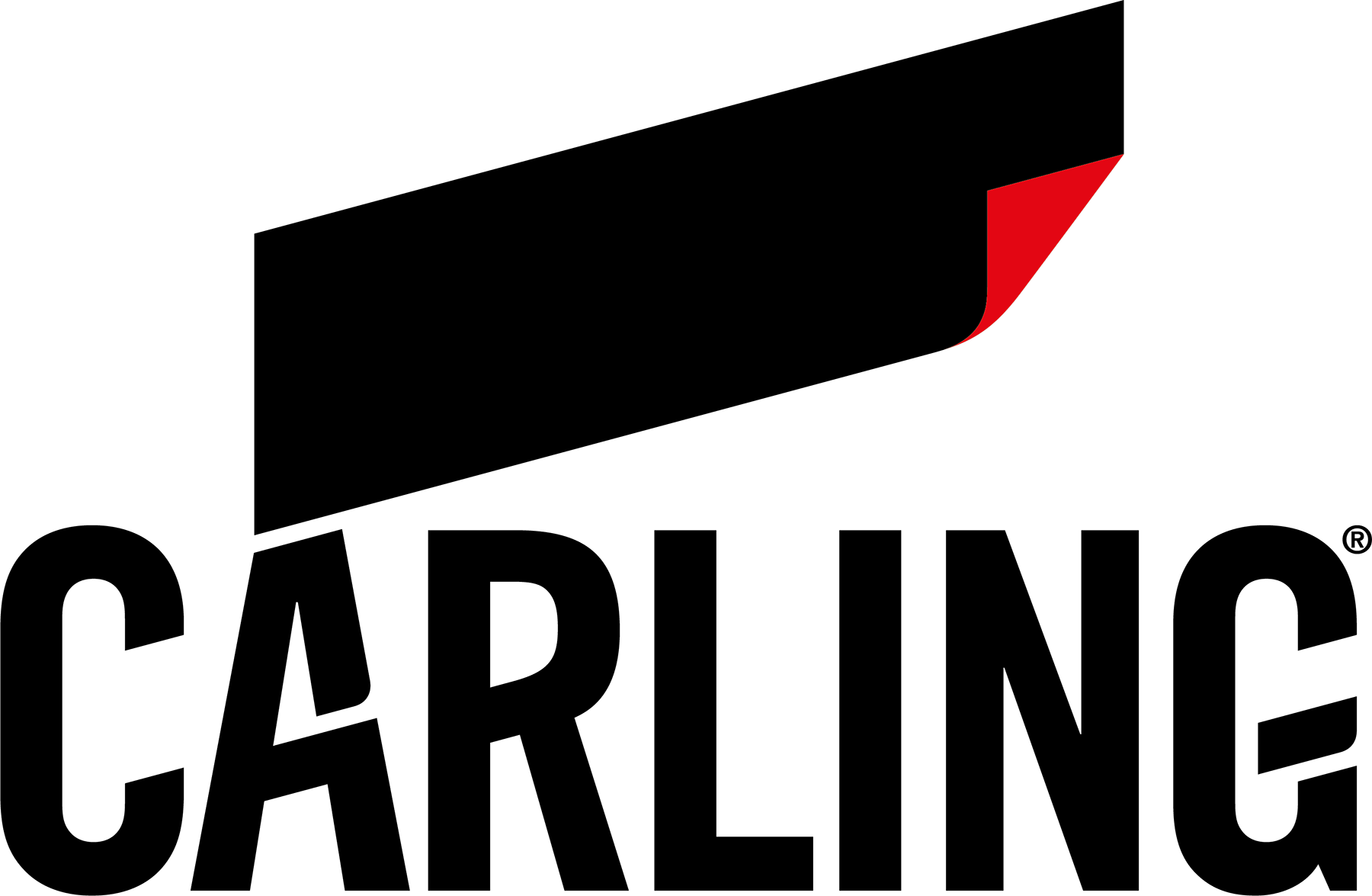Anyone thinking of something a bit different to get their Dad, Grandad or even Great-Grandad or perhaps their mum, Grandmother or even Great-Grandmother for Christmas will wish to read on.
 A well kent face who regularly visits the archives of The Scottish Football League and is the Editor of both Programme Monthly & Football Collectable and the quarterly publication Scottish Football Historian, John Litster, has written an in-depth account of one of the founder members of organised football in Scotland and the publication is now available in time for 25th December.
A well kent face who regularly visits the archives of The Scottish Football League and is the Editor of both Programme Monthly & Football Collectable and the quarterly publication Scottish Football Historian, John Litster, has written an in-depth account of one of the founder members of organised football in Scotland and the publication is now available in time for 25th December.
The Scottish Football League has a 120-year-old history, however the club that Litster looks into only reached 95 birthdays. Litster’s book – Third Lanark – Life and Death of the Hi Hi - looks at the distinguished history and the notable characters on and off the field of the Glasgow club before its sad demise in 1967.
The book runs in a chronological order from the club’s formation on 12th December, 1872 with football and business events spliced apart from features of prominent characters of the same time. There was plenty to write with Litster also tackling the widely held belief that their death was the responsibility of the major shareholder during the last five years of the club’s existence.
 The end product is different to the book Litster started out to write as he explained: “I started working on a Third Lanark book about 10 years ago and at that time, I was planning to look in detail at Companies House records on how the club died.
The end product is different to the book Litster started out to write as he explained: “I started working on a Third Lanark book about 10 years ago and at that time, I was planning to look in detail at Companies House records on how the club died.
“I was going to look at the fiscal and legal side of what was involved but when I started diving deeper and deeper, there was a much bigger story to be told.”
Litster’s love of Raith Rovers saw him take time out from his Third Lanark project to write a book to mark the 125th Anniversary of the Kirkcaldy club and he got back to his research in 2009. Why write about a club that died 43 years ago?
Litster was asked and he replied: “There are a number of reasons, some of which go back to my childhood. I saw Thirds play at Stark’s Park but never saw them play at Cathkin Park despite being raised in nearby Rutherglen.
 “It was a ground I would be driven past on many occasions and as a football mad youngster, I always wanted to go in. Also one day, I remember travelling along Prospecthill Road and seeing smoke and flames billowing from the covered enclosure, which had been set on fire by vandals. That was probably two or three years after the club had stopped playing but that image stayed with me.
“It was a ground I would be driven past on many occasions and as a football mad youngster, I always wanted to go in. Also one day, I remember travelling along Prospecthill Road and seeing smoke and flames billowing from the covered enclosure, which had been set on fire by vandals. That was probably two or three years after the club had stopped playing but that image stayed with me.
“Being involved in collecting football programmes from a young age meant that I knew there was always a bit of interest when a Thirds one became available.
“And, as I grew up, I was interested in not only how they died but also why they have never come back in some form. Clydebank have come back and are playing in Junior football, Gretna have returned as Gretna 2008 in the South of Scotland League and Airdrie United have to a degree taken over from where Airdrieonians left albeit that they took over Clydebank’s membership a few years ago . Thirds are unique in that they never came back; once they went they went.”
 Litster continued: “There has been a myth built up that the last owner of the club, Bill Hiddelston, was behind the club going burst and a Board of Trade Report after the club ceased trading seemed to add to that when it said that it could not account for £10,000 of the club’s money which was a great sum in 1967.
Litster continued: “There has been a myth built up that the last owner of the club, Bill Hiddelston, was behind the club going burst and a Board of Trade Report after the club ceased trading seemed to add to that when it said that it could not account for £10,000 of the club’s money which was a great sum in 1967.
“I have been involved in running both St. Johnstone and Raith Rovers and I knew things in football would not be as black and white as that.”
Litster unearthed tales of in-fighting going on and significantly, a crucial decision that was made in 1903 that could have seen history turn out very different if another choice had been made.
“I spent a lot of time in newspaper libraries,” said Litster, “and I quickly came across stories of a Court of Session case in the 1950s regarding the club’s shareholders. The scale of the problems being experienced at the club were beginning to be evidenced then.
“There were warring factions at various stages of the club’s history and that contributed to their demise.
“There was also what I would call strange decisions, including the one that was taken when the club moved to Cathkin Park in 1903. The ground was the second Hampden Park but Queen’s Park moved out for a bigger ground which is where the existing National Stadium sits.
“The Spiders offered to leave the ground, then recognised as one of the best appointed stadia in the country, with structures such as a two storey brick built grandstand and embankments in place. Thirds declined to take up their offer resulting in Queen’s Park having to demolish the structures that were there, under the terms of the lease.”
Litster continued: “Thirds preferred to transport their old stand from their original home and build up their own embankments.
“If the money had been paid in 1903, they may not have had to build a new stand in the early 1960s. That new stand was a major contributory factor in closing the club just a few years later as it was a huge financial burden in a time of reducing attendances.
“If option A had been taken in 1903 instead of option B, things may have been different 64 years later.”

 It was not just off the field problems that hit Thirds with Litster saying: “In season 1959/60, Third Lanark were in the League Cup Final, losing 2-1 to Hearts, and the following season they came third in the top division behind Rangers and Kilmarnock with Celtic in fourth place. They scored 100 League goals that season with the forward line of Goodfellow, Hilley, Harley, Gray and McInnes being one that was feared.”
It was not just off the field problems that hit Thirds with Litster saying: “In season 1959/60, Third Lanark were in the League Cup Final, losing 2-1 to Hearts, and the following season they came third in the top division behind Rangers and Kilmarnock with Celtic in fourth place. They scored 100 League goals that season with the forward line of Goodfellow, Hilley, Harley, Gray and McInnes being one that was feared.”
Fans that have seen their clubs struggle for existence will recognise the downward spiral that Thirds went on as Litster explained: “They moved from full-time to part-time and good players were freed to save wages. For example, Jimmy Goodfellow was freed and joined Leicester City, for whom he played in the First Division for many seasons. Alex Bryce was released and he went on to play for several years with Clyde and Dundee.”
 Litster’s search for the no doubt angry and very public reaction to the club ending its playing days in 1967 unearthed a surprise as there was hardly any publicity surrounding the end of Thirds.
Litster’s search for the no doubt angry and very public reaction to the club ending its playing days in 1967 unearthed a surprise as there was hardly any publicity surrounding the end of Thirds.
He explained: “I can only put forward a theory for why Third Lanark limped away quietly. There were no big headlines in national papers and indeed, their demise tended to warrant just a couple of paragraphs at the end of stories about something else. A couple of evening papers went bigger but no great outcry.”
Basically everything else was so rosy in Scottish football that no-one was interested in bad news with Litster saying, “At much the same time, Celtic defeated Inter Milan to lift the European Cup in Lisbon, Rangers travelled to Nuremburg for the Final of the European Cup Winners’ Cup and Kilmarnock made the Semi-Finals of the Inter Cities Fairs Cup. And of course, Jim Baxter helped Scotland defeat England 3-2 at Wembley to become the first side to defeat the then World Champions.
“ With everything else going on, people were looking elsewhere. The Scottish Football League and The Scottish Football Association stood by and perhaps they were too busy going to Lisbon, Nuremburg and London, that they failed to pay attention to events in Crosshill !!!
With everything else going on, people were looking elsewhere. The Scottish Football League and The Scottish Football Association stood by and perhaps they were too busy going to Lisbon, Nuremburg and London, that they failed to pay attention to events in Crosshill !!!
“Bill Hiddelston, who was the last majority shareholder, was for many years a SFA Councillor so you can only imagine it had been discussed.
“There was no hoo-ha at the end and the ground was quickly lost which prevented a return in the manner of a Gretna or an Airdrie United. The Royal Bank of Scotland had a standard charge over the ground and they forced a sale to pay off their £10,000 overdraft.”
 Another contributory factor was incredibly the Glasgow Cup or rather the growth of European football that reduced interest in the local association cup competition.
Another contributory factor was incredibly the Glasgow Cup or rather the growth of European football that reduced interest in the local association cup competition.
Litster explained: “The Glasgow Cup was a Godsend to help smaller clubs as they were guaranteed one or two massive gates a season as Rangers or Celtic would visit them. European games in the 1960s saw a decline in the crowds attending and, of course, Thirds had built a huge stand to capture revenue from games such as Glasgow Cup ties.”
Cathkin Park remains as a football ground to this day although a very run-down one and belongs to the City Council now as the ground has a restrictive clause that means it has to be used for recreation purposes.
Litster said: “A change of use would have had to be sought and that would have been expensive particularly at a time when people were moving out of housing estates in the south of Glasgow. The great storms of January 1969 freed up land as well and that land was cheaper.
“As things moved on, Pollok Juniors picked up a lot of the fans that had followed Third Lanark and the longer that Thirds were out of existence, the more the Junior club benefited.”
Litster was asked what would have happened if the club survived the cash crisis of the 1960s and he said: “They would have survived longer but perhaps a move to a New Town in the same fashion as their fans were doing may well have saved them. The Board of Trade Enquiry and subsequent bad publicity ended interest in that.”
 The lack of a resurrection still bemuses Litster who said: “In the late 1970s, there was a game between a Third Lanark Juvenile side and a Queen’s Park Youth team, which attracted a large crowd to Lesser Hampden. There was also a floodlight friendly against Junior side Rutherglen Glencairn at Southcroft Park that ended in an 8-0 defeat and I think that gave them a reality check.”
The lack of a resurrection still bemuses Litster who said: “In the late 1970s, there was a game between a Third Lanark Juvenile side and a Queen’s Park Youth team, which attracted a large crowd to Lesser Hampden. There was also a floodlight friendly against Junior side Rutherglen Glencairn at Southcroft Park that ended in an 8-0 defeat and I think that gave them a reality check.”
The Scottish Football League have already highlighted actor Simon Weir’s plans to bring alive the Third Lanark name and restore some of the fabric at Cathkin in 2011 with Litster saying, “The closest story to Third Lanark is probably Accrington Stanley who came back at a different ground and a different level and worked their way back into The Football League.
“They play in the same colours and like Thirds, they have a more interesting name than normal football clubs however, they did not have a 43 year gap.
“The Third Lanark name is not as associated with Glasgow so moving to another area may suit Simon’s plans as well.
“I wish him well.”
THIRD LANARK - LIFE AND DEATH OF THE HI HI by John Litster
240 page large hardback book on the history of the club, and the process by which it met its end.
Available priced £20.95 plus £3.05 UK p&p (= £24) from John Litster, PO Box 3236, Norwich, NR7 7BE. Send a cheque, postal order, or for alternative methods, click www.pmfc.co.uk
The book is also on sale from the Scottish Football Museum at Hampden Park, and on eBay and Amazon.





.png)












